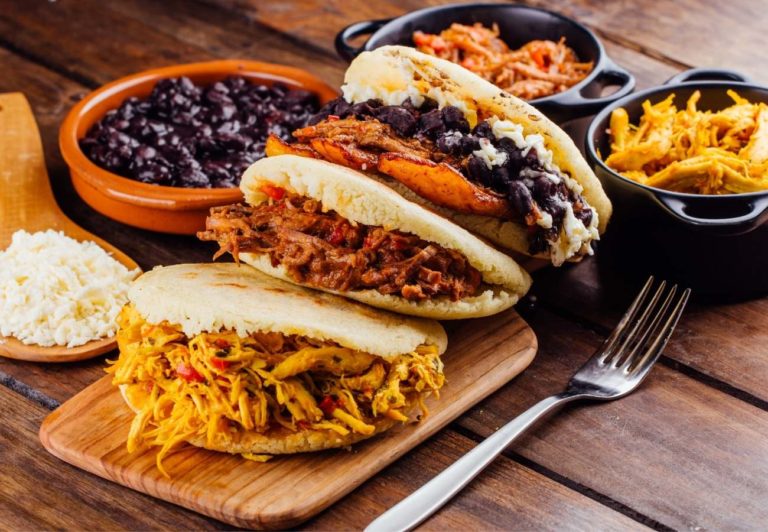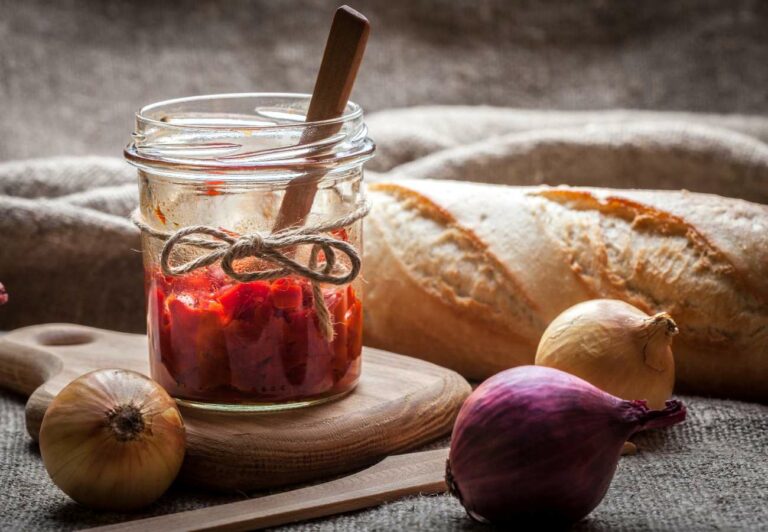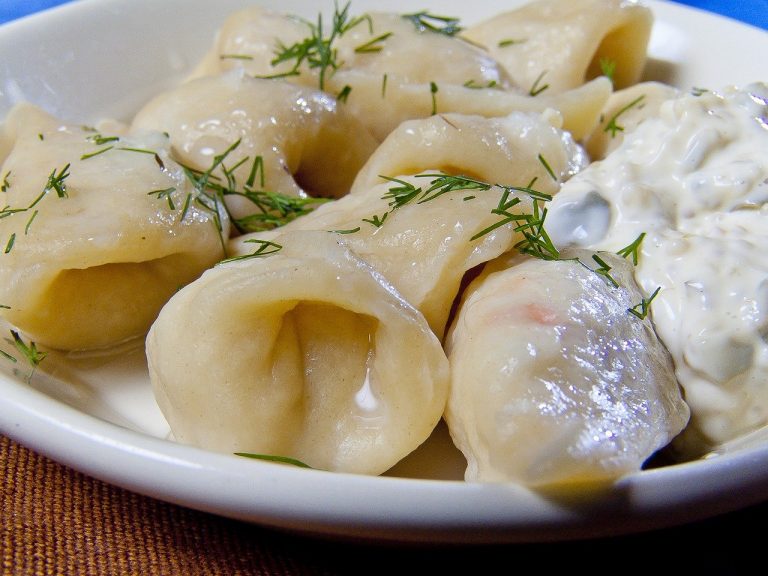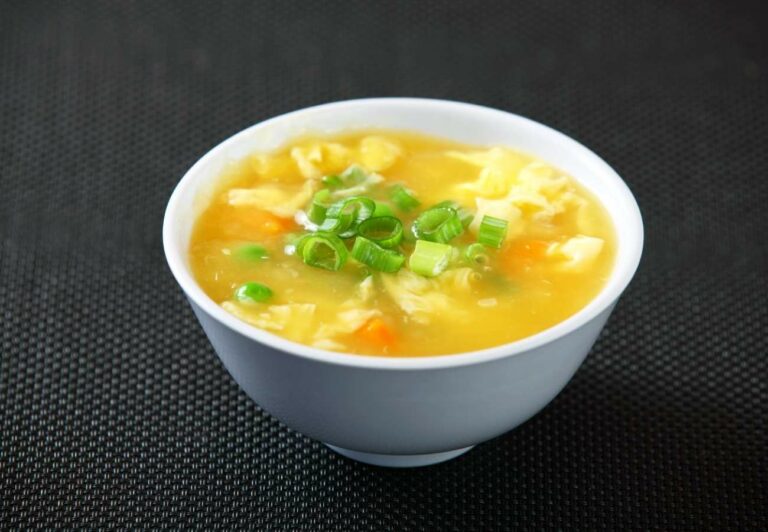Micronesian Food: 11 Traditional Dishes of Micronesia

Micronesia is a region made up of approximately 2,000 small islands in the Northwestern Pacific Ocean. It is located northeast of Papua New Guinea and north of the Solomon Islands, near the equator.
The islands were originally settled by Austronesian peoples thousands of years ago. Over time, they have been ruled by Spanish, German, Japanese, and the U.S. which have all had influences on Micronesian cuisine.
The local cuisine is centered around ingredients that are readily available on the islands, including seafood, root vegetables, tropical fruits, and coconuts.
The abundance of seafood means that many popular dishes are based around those readily available, including tuna, reef fish, crab and lobster.
Tropical fruits like bananas, papaya, pineapple, and pandanus are also popular to eat and juiced into drinks.
Many imported foods are major part of the Micronesian cuisine, including canned meats such as Spam. These are sometimes used in fusion dishes with more traditional ingredients.
Traditional cooking methods like the use of earth ovens or wrapping food in coconut leaves are still practiced in Micronesia, particularly for holidays and special occasions.
Eneksa Agaga (Red Rice)
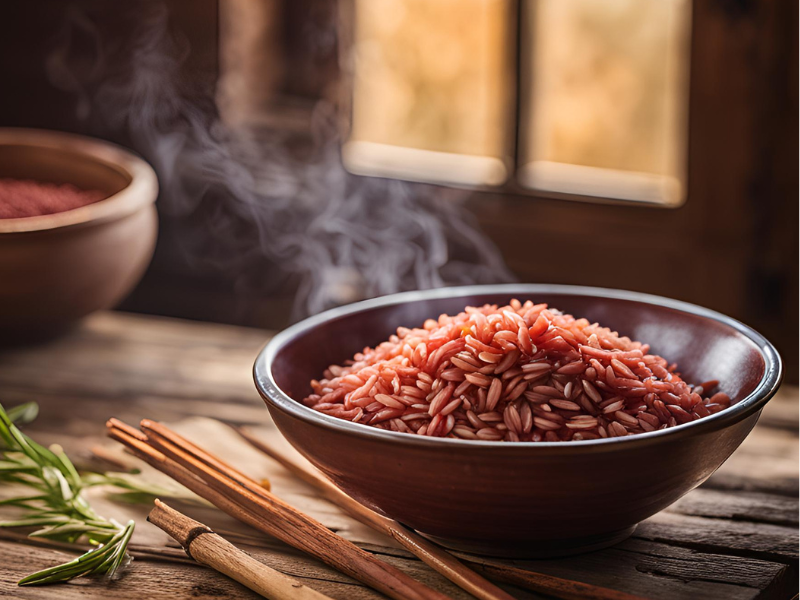
Eneksa Agaga is a staple dish in Chamorro cuisine; rice is cooked with a red powder which is made by grinding seeds of the achiote tree, giving it a bright red appearance and a distinct earthy flavor.
This dish was influenced by influenced by Spanish colonizers who introduced the achiote tree to Micronesia from Central and South America..
Pohnpei Pepper Chicken
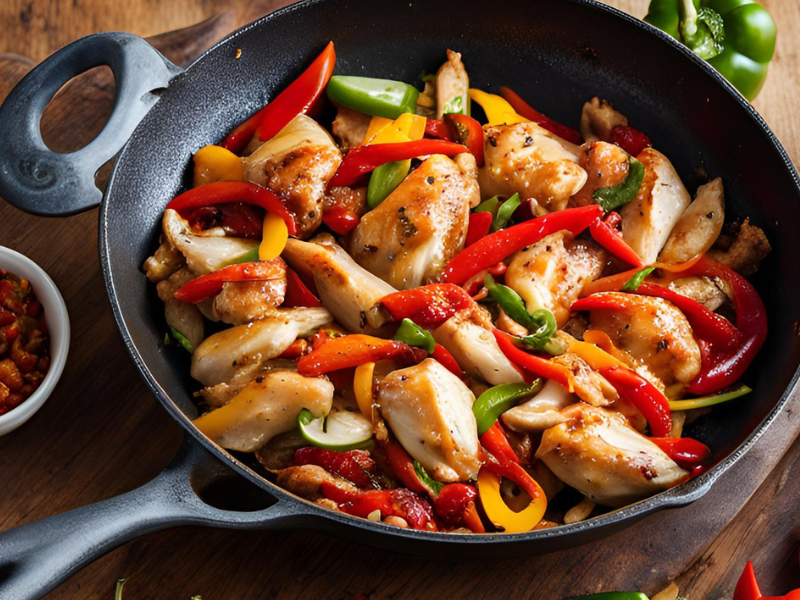
Pohnpei pepper chicken is made by marinating chicken thighs before sautéing with crushed Pohnpei pepper, caramelised onions, and a splash of soy sauce. The spicy chicken is often served with rice or local root vegetables.
The Pohnpei pepper originally comes from the island of Pohnpei.
Tinola (Chicken Soup)
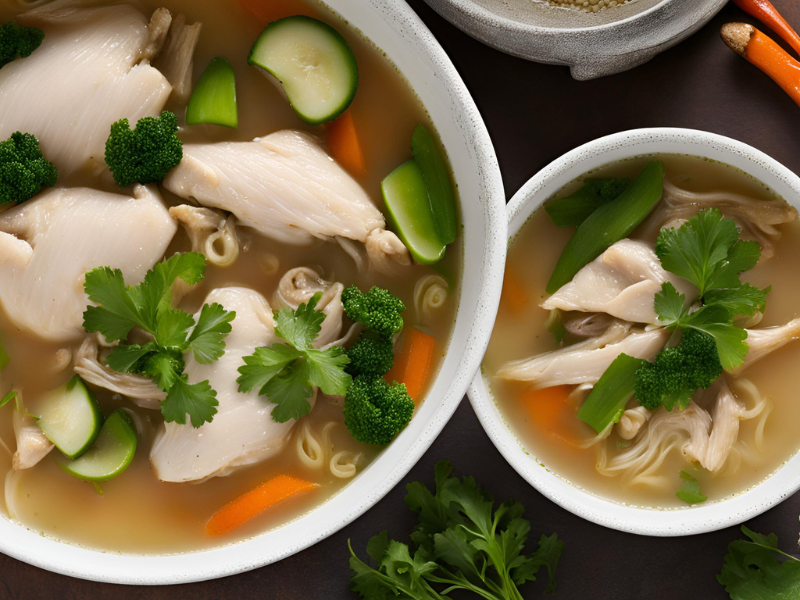
Tinola is a soup made with chicken, ginger, and a range of green vegetables. The soup dish is typically served with rice, and may be served with breadfruit on some islands.
The recipe for tinola is originally from the Philippines.
Chicken Kelaguen (Spicy Shredded Chicken)

Chicken Kelaguen is made by combining shredded chicken with lemon juice, fresh coconut, green onions, and chili peppers. This dish is typically served cold or at room temperature.
Chicken Kelaguen is often served with red rice or wrapped in a warm tortilla-like flatbread called ‘titiyas‘.
Breadfruit Chips
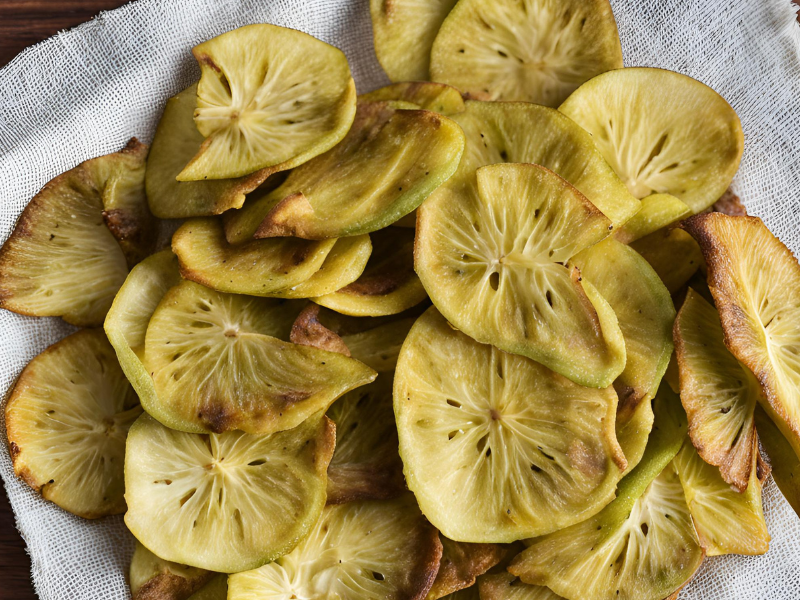
Breadfruit Chips made by thinly slicing breadfruit and deep-frying until golden brown. These chips have a slightly nutty flavor and are a popular snack in Micronesia, commonly found at local markets and food stalls.
Coconut Crab
Coconut crabs are large crabs found in Micronesia which are capable of eating coconuts; when cooked their meat is sweet, tender, and has a slight hint of coconut.
Banana Lumpia (Deep Fried Banana)
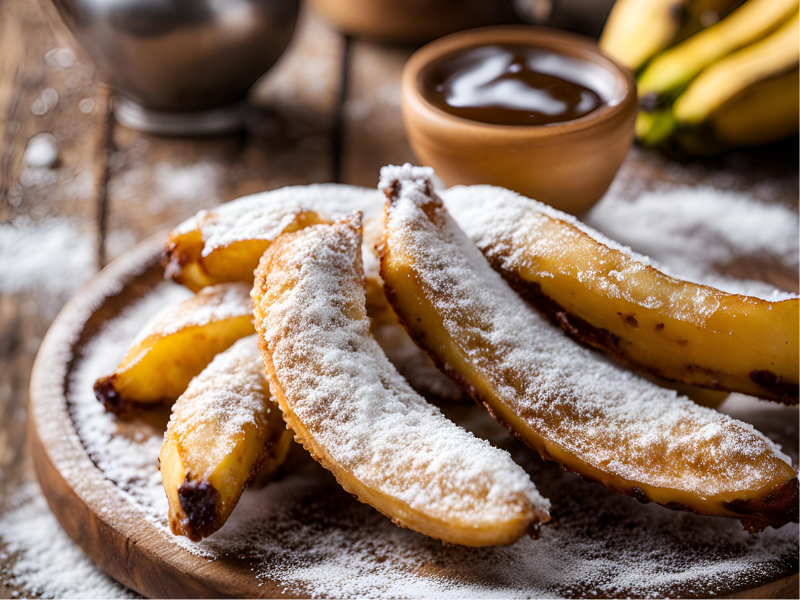
Banana lumpia, also known as turon in some regions, are made with ripe bananas which have been rolled in sugar, wrapped in a thin lumpia wrapper (similar to a spring roll wrapper), and fried until golden brown.
This sweet treat is often served with a drizzle of caramel or topped with sesame seeds.
Chuukese Sashimi
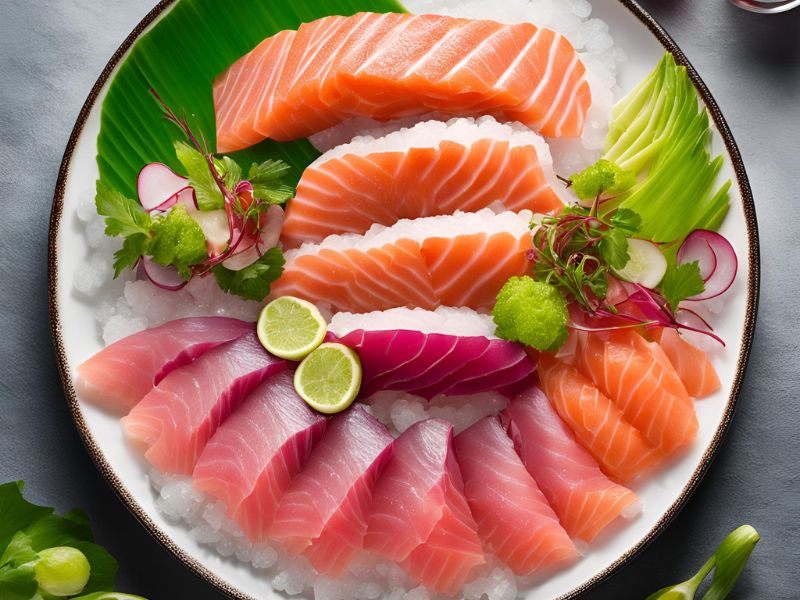
Chuukese Sashimi is made from tuna, sliced thinly and served raw, with a soy sauce and wasabi dipping sauce or a local hot pepper paste.
The Chuuk islands (also known as Truk) are located in the heart of Micronesia.
Palusami (Stuffed Taro Leaves)
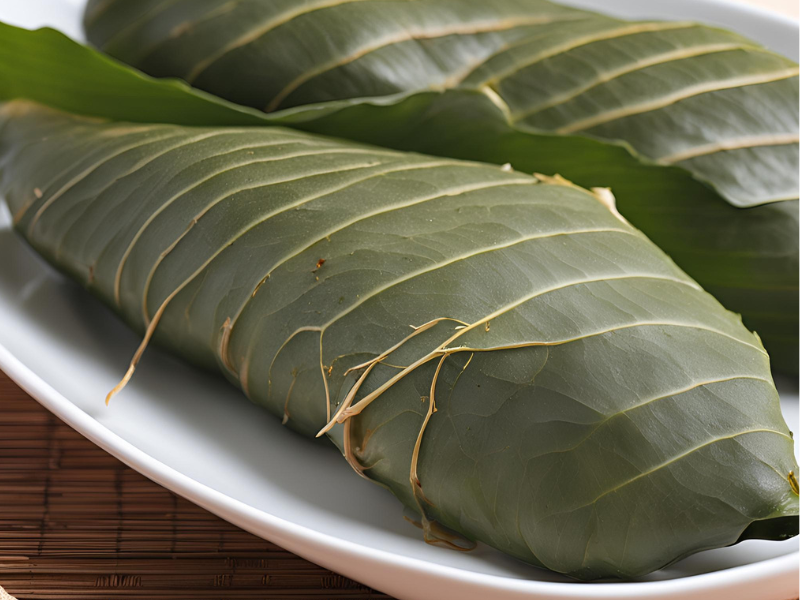
Palusami is made by wrapping taro leaves around a filling of coconut milk and onions, also maybe with meat or fish, and then baking or steaming the package until the flavors infuse the tender leaves.
Taro Cakes
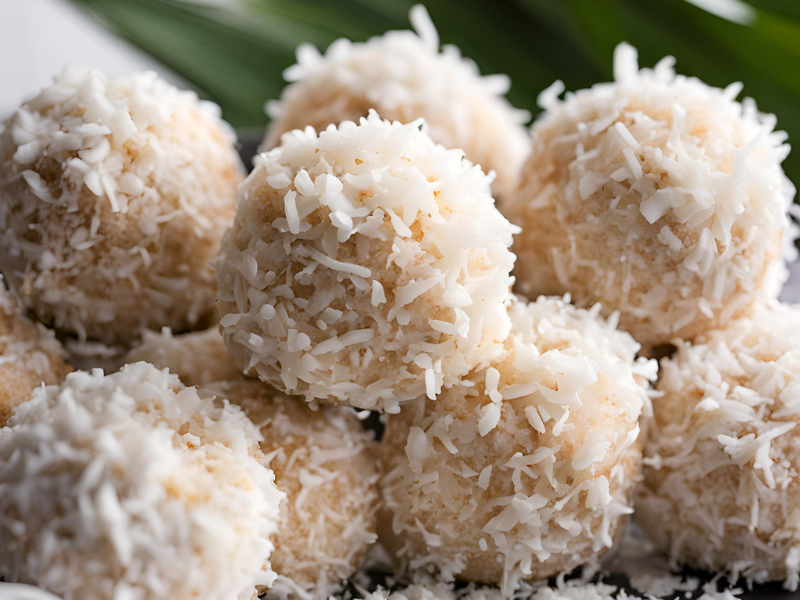
Micronesian taro cakes are made by mixing shredding taro, rice flour, coconut milk, sugar and shaping them into balls or cubes.
This traditional Micronesian dessert is eaten as a snack or served at the end of a meal.
Kava
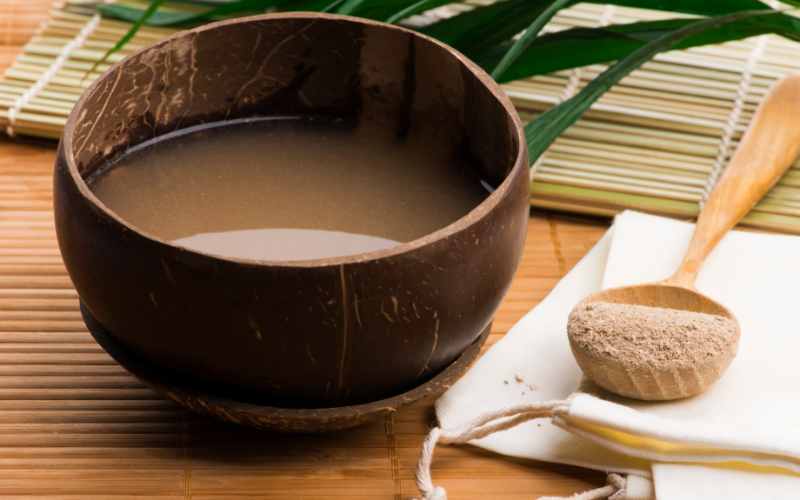
Kava, also known as kava kava, is a Polynesian drink consumed throughout the Pacific islands, made from the ground roots of the kava plant. It’s purpose offers some of the most interesting insights into traditions, culture and the rituals among the cultures who consume it.


